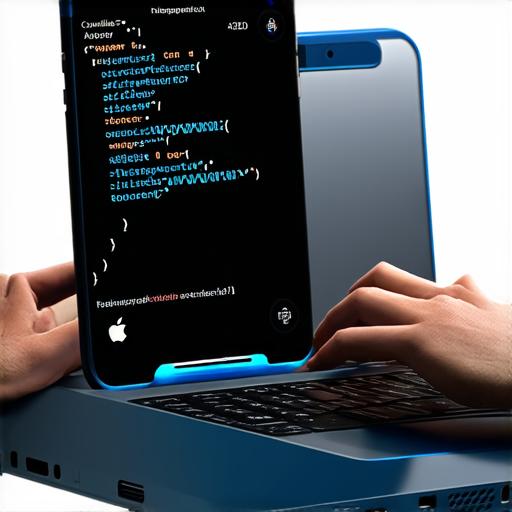Introduction
As an iOS developer, you’re no stranger to working with code and manipulating your device’s settings. However, there are certain features that aren’t enabled by default on iOS devices. One of these is Developer Mode, which can give you access to a wide range of tools and options that are useful for testing and debugging apps.
Enabling Developer Mode
Before we dive into the various tools and settings that become available when Developer Mode is enabled, let’s first take a look at how to enable it on your iOS device. The process is relatively straightforward and only takes a few steps:
- Open the Settings app on your iOS device.
- Scroll down until you find the “About” section.
- Tap on the “Build Number” several times in quick succession. This will unlock Developer Mode.
- Enter your Apple ID and password to confirm that you want to enable Developer Mode.
Once Developer Mode is enabled, you’ll see a new section in the Settings app called “Developer.” This is where you can access all of the various tools and settings associated with Developer Mode.
Features and Settings
Now that Developer Mode is enabled on your iOS device, there are several features and settings that become available to you. Here are some of the most commonly used ones:
1. Debugging and Testing Tools
One of the main benefits of enabling Developer Mode is the access it provides to a range of debugging and testing tools. These include:
- Xcode: This is Apple’s development environment, which includes a code editor, debugger, and other tools for building and testing iOS apps. With Developer Mode enabled, you can run Xcode on your device and connect it to your Mac or PC.
- Instruments: This is another set of tools included with Xcode that allow you to test your app’s performance, analyze its usage, and identify any bugs or issues.
- Simulators: These are virtual environments that allow you to run your app on a simulated iOS device. With Developer Mode enabled, you can access the latest versions of the simulators and test your app on a wider range of devices.
1. Security Settings
In addition to the debugging and testing tools, there are also several security settings that become available when Developer Mode is enabled. These include:
- Code Signing: This is a feature that allows you to sign your code with a digital certificate, which can help to verify its authenticity and prevent tampering. With Developer Mode enabled, you can create your own code signing certificates and use them to sign your apps.
- Profiles and Certificates: These are settings that allow you to manage the various profiles and certificates associated with your app. With Developer Mode enabled, you can create new profiles and certificates, as well as revoke existing ones if necessary.
1. App Store Connect Settings
App Store Connect is Apple’s platform for managing apps on the App Store. With Developer Mode enabled, you’ll have access to a range of settings associated with App Store Connect, including:
- App Store Analytics: This is a tool that allows you to track your app’s performance and usage metrics. With Developer Mode enabled, you can access more detailed analytics data and gain deeper insights into how your app is performing.
- Distribution Settings: These settings allow you to manage the distribution of your app, including whether it’s available on the App Store or only for internal use. With Developer Mode enabled, you can create new distribution profiles and configure them to suit your needs.
1. Other Settings
In addition to the settings mentioned above, there are also several other settings that become available when Developer Mode is enabled on iOS 18.

